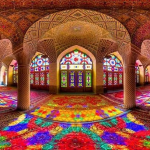Hidden in the barren expanses of the Gobi Desert in Gansu Province lies a city so secret it didn’t appear on Chinese maps for decades. Its official name is unknown to most, but it has become widely known as City 404.
Built during the Cold War, this was where the People’s Republic of China developed the nuclear materials that powered its first atomic bombs. To this day, parts of the city remain closed to the public and it still plays a role in China’s nuclear infrastructure.
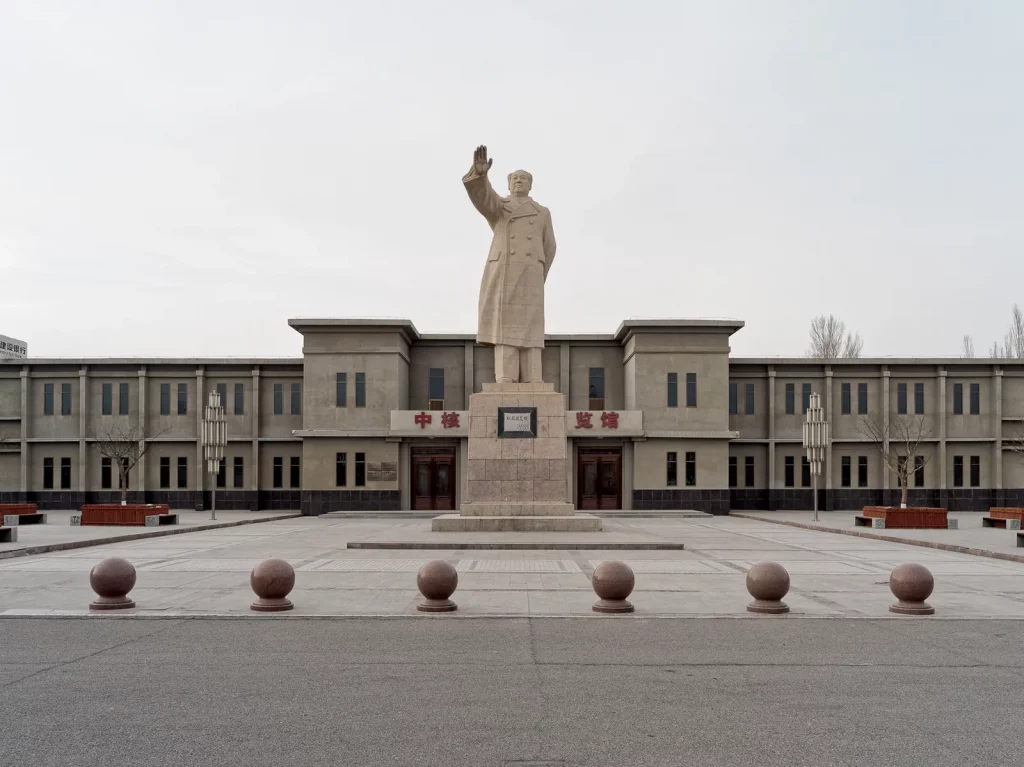
Photo: Li Yang
A Chinese City That Never Was
Construction on City 404 began in the 1950s, ordered by Chairman Mao as part of China’s drive for nuclear independence. The goal was to create a hidden base for uranium enrichment, far from foreign eyes. Located near Jiayuguan and deep within the desert, its remoteness made it ideal for testing and weapons development. Oversight came from what would become the China National Nuclear Corporation (CNNC) which continues to operate in the area today.
Like the Soviet ZATOs, City 404 was never marked on maps and residents were forbidden from discussing their work or even their location. Internal passports were required, and entry or exit was tightly controlled.
This wasn’t unique to China. Nuclear cities were a feature of most Cold War states, including secret towns in the USSR and United States. According to the Nuclear Threat Initiative, these secret sites played a central role in Cold War nuclear strategy.
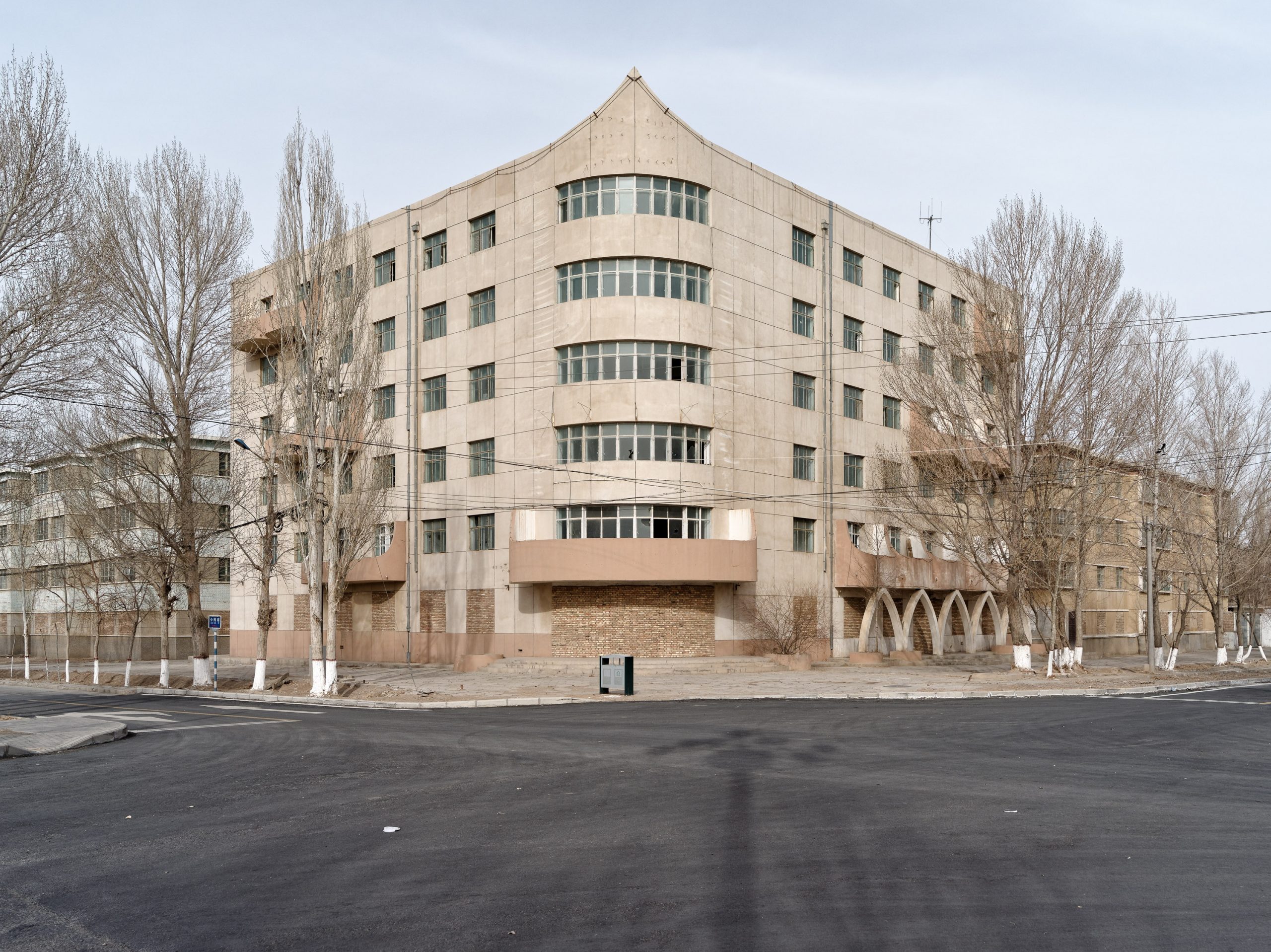

Inside the City That Doesn’t Exist
Despite its secrecy, City 404 was no grim military outpost. It was a fully functioning planned city, and at its peak had nearly 100,000 residents. There were hospitals, schools, libraries, cinemas, sports complexes, and even public parks. Life was decent, as long as you followed the rules and didn’t try to leave.
The economic engine of the city was its uranium enrichment and nuclear fuel production. The facility helped power China’s first successful nuclear test in 1964 and played a central role in supplying fuel for the country’s nuclear arsenal. The city also contributed to nuclear propulsion research for China’s early space and missile programs.
A Home for Nuclear Industry and Decay
By the 1990s, the city’s mission had changed. Many of its original operations were shut down or transferred elsewhere. Large parts of the city were left to decay, and entire apartment blocks were abandoned. Some infrastructure remains active, but much of the city now feels like a half-forgotten relic.
Radioactive waste remains a lingering concern. Greenpeace East Asia has pushed for more transparency in how the Chinese government manages legacy nuclear waste.
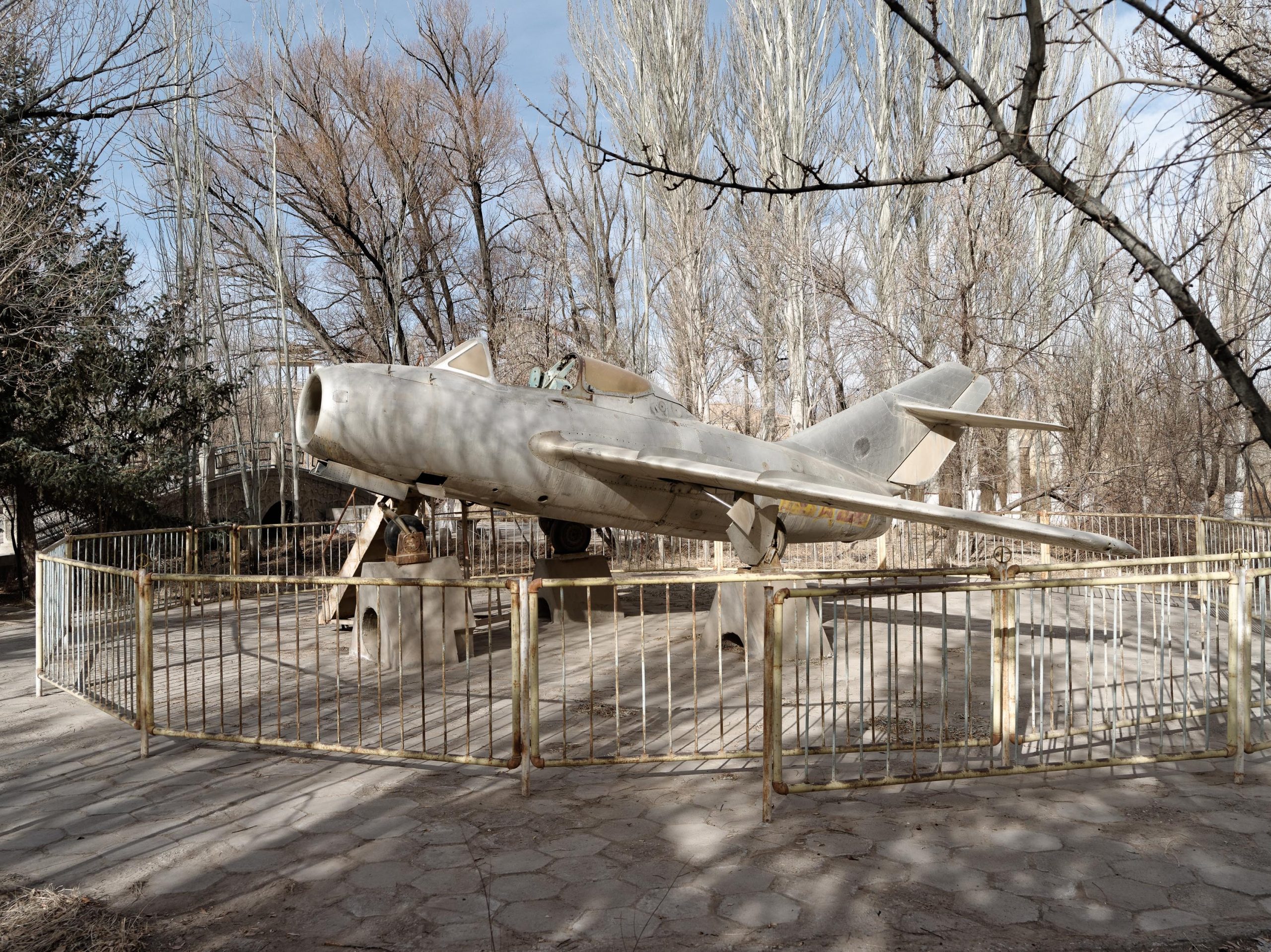
Can You Visit?
No. City 404 is still officially closed to the outside world. Foreigners are completely banned, and even Chinese citizens must get special permission to enter. The city does not appear on road signs and there are no tourist facilities of any kind.
Researchers trying to access the area often face censorship and administrative roadblocks. According to the South China Morning Post, this remains one of China’s most secretive locations.
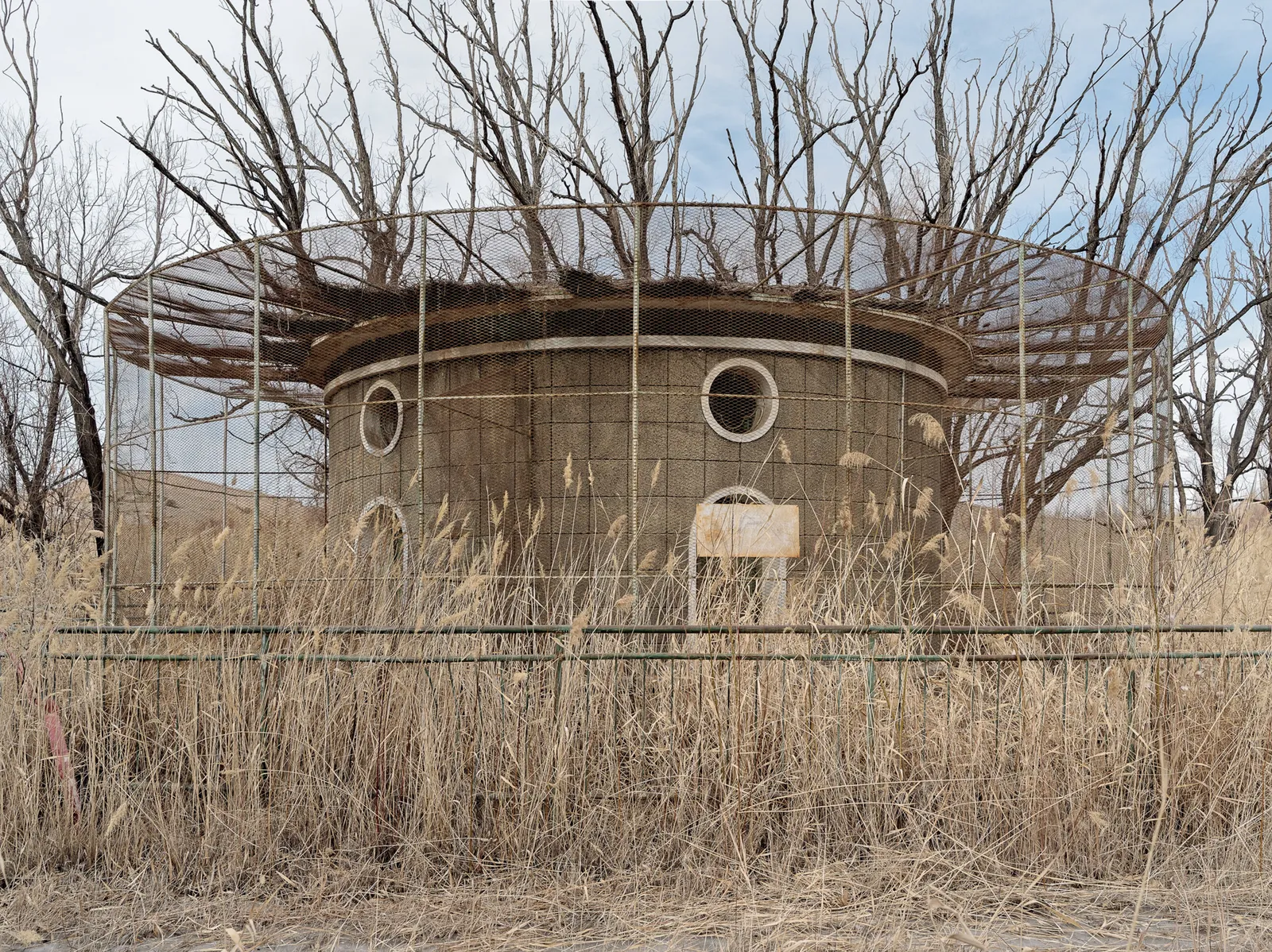
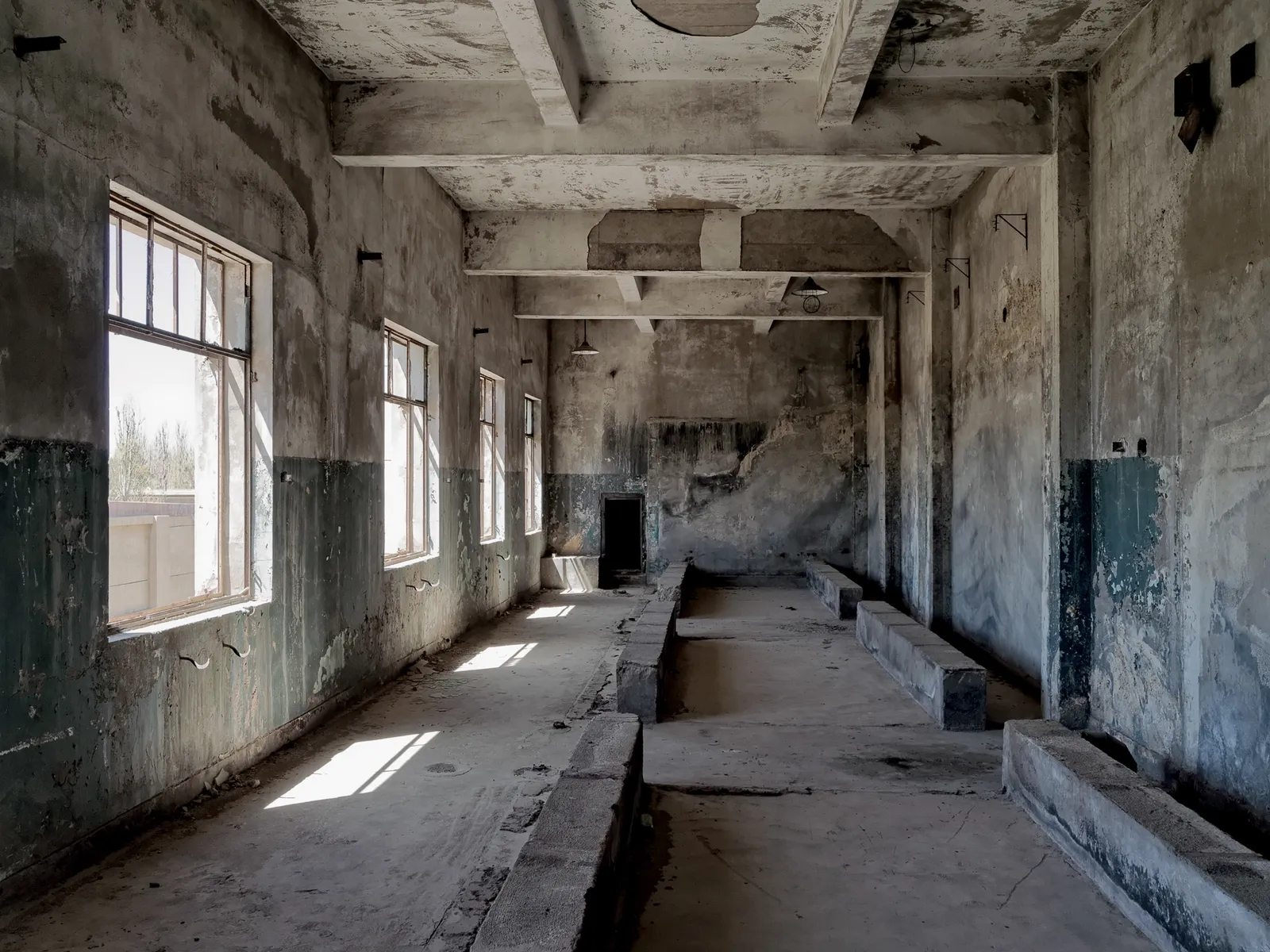
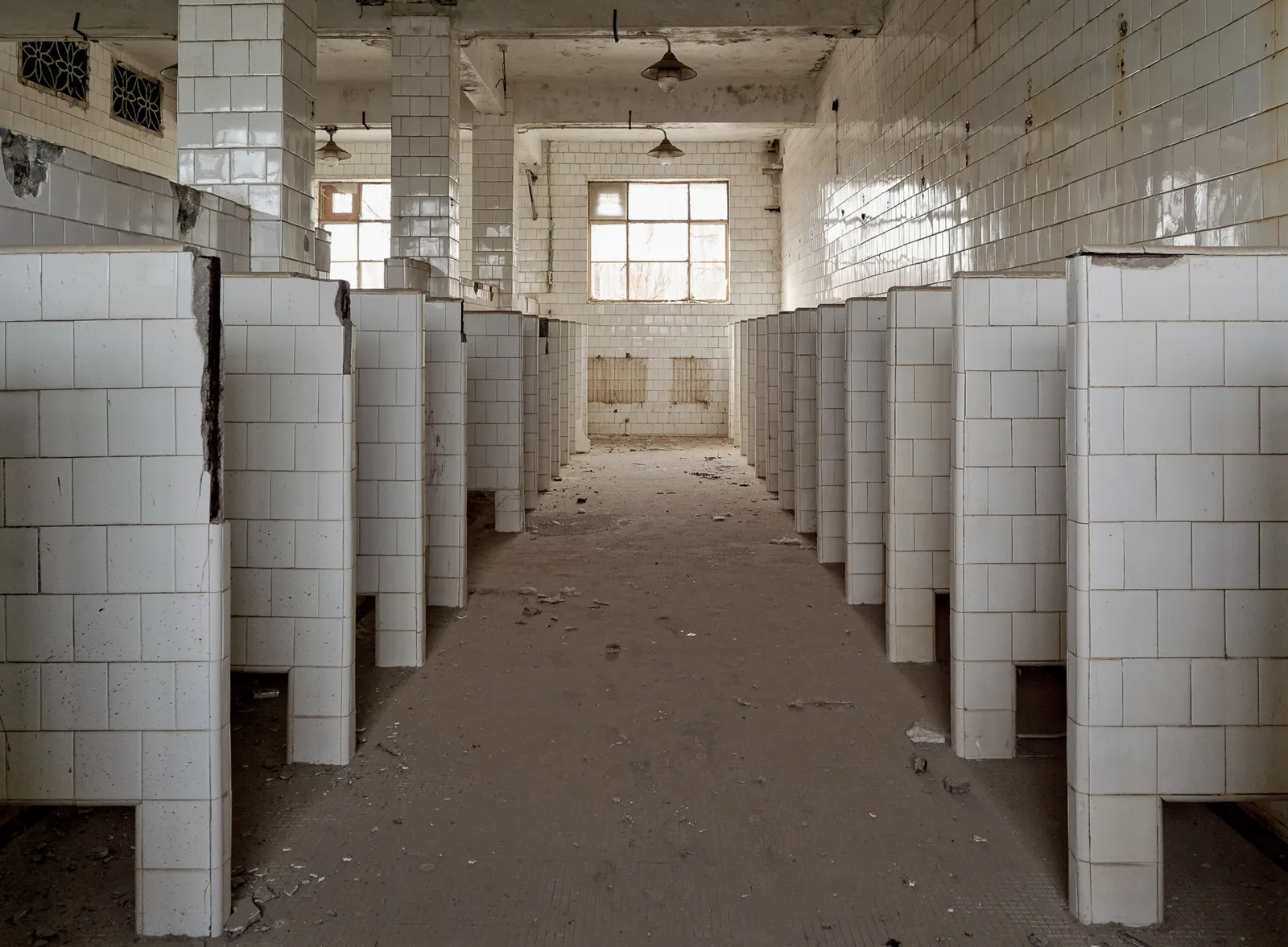
The 404 Code
The nickname City 404 started as a joke among Chinese netizens and urban explorers. Borrowing the familiar internet error message “404 – not found,” it reflected the eerie absence of a city that clearly existed but officially did not.
Though you can see the outlines of City 404 on satellite maps, much of the city is still blurred or pixelated. No drones are allowed, and security checkpoints prevent any form of casual approach.
Will the Doors Ever Open?
Almost certainly not. As long as the city maintains any connection to China’s nuclear or defense industries, it will remain closed. The Cold War might be over, but secrecy is still very much part of China’s strategic culture.
For those interested in exploring Cold War sites in China, check out our Chinese Dark Tourism offerings.





